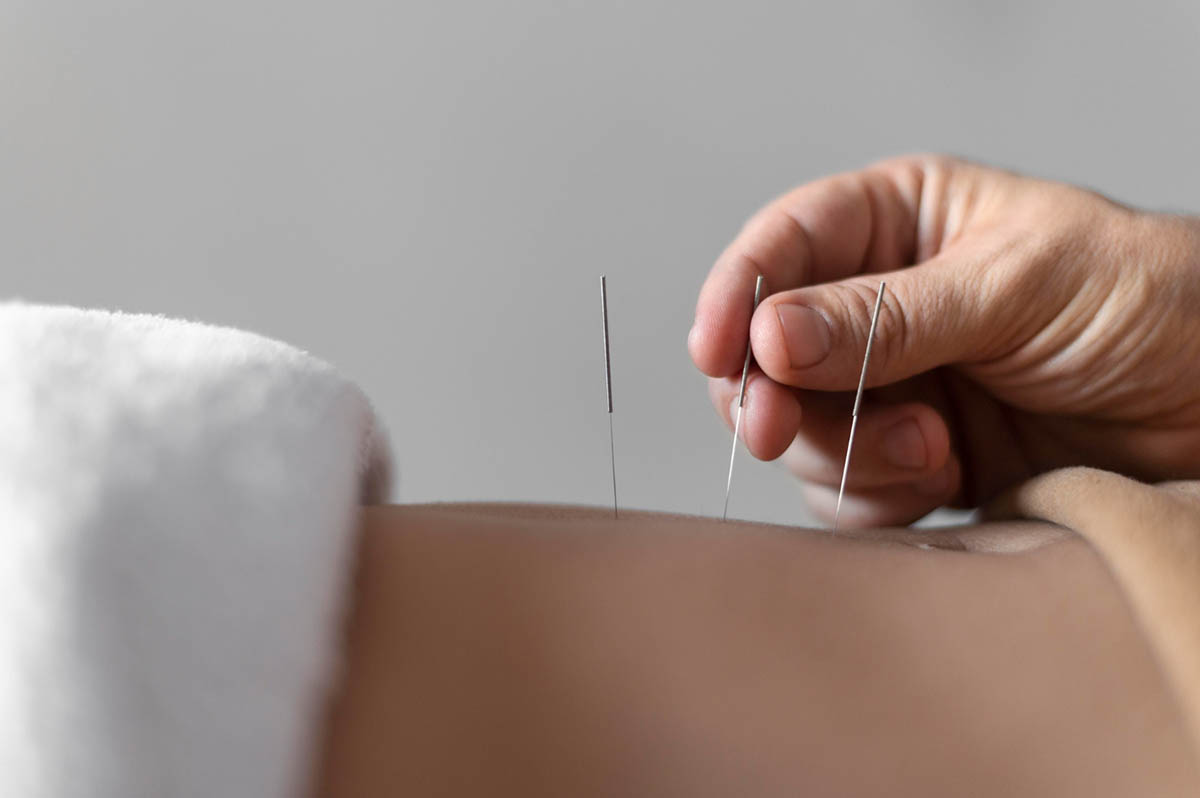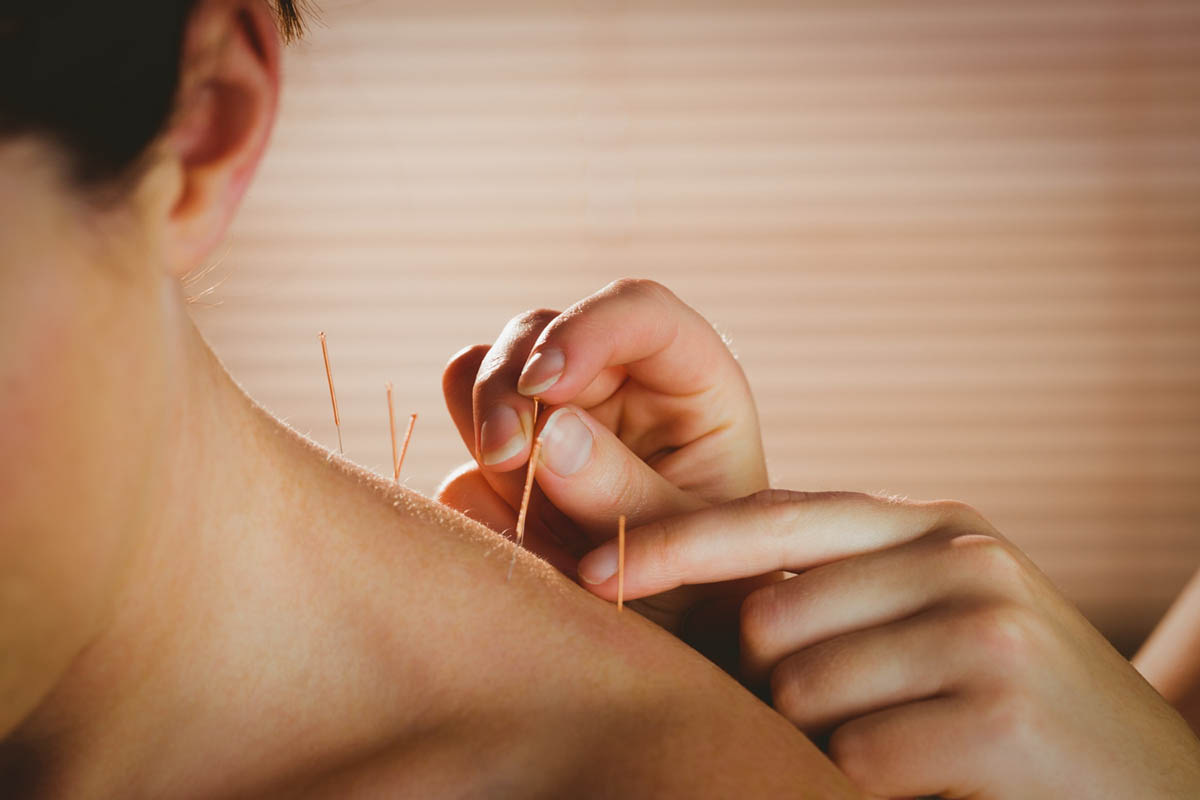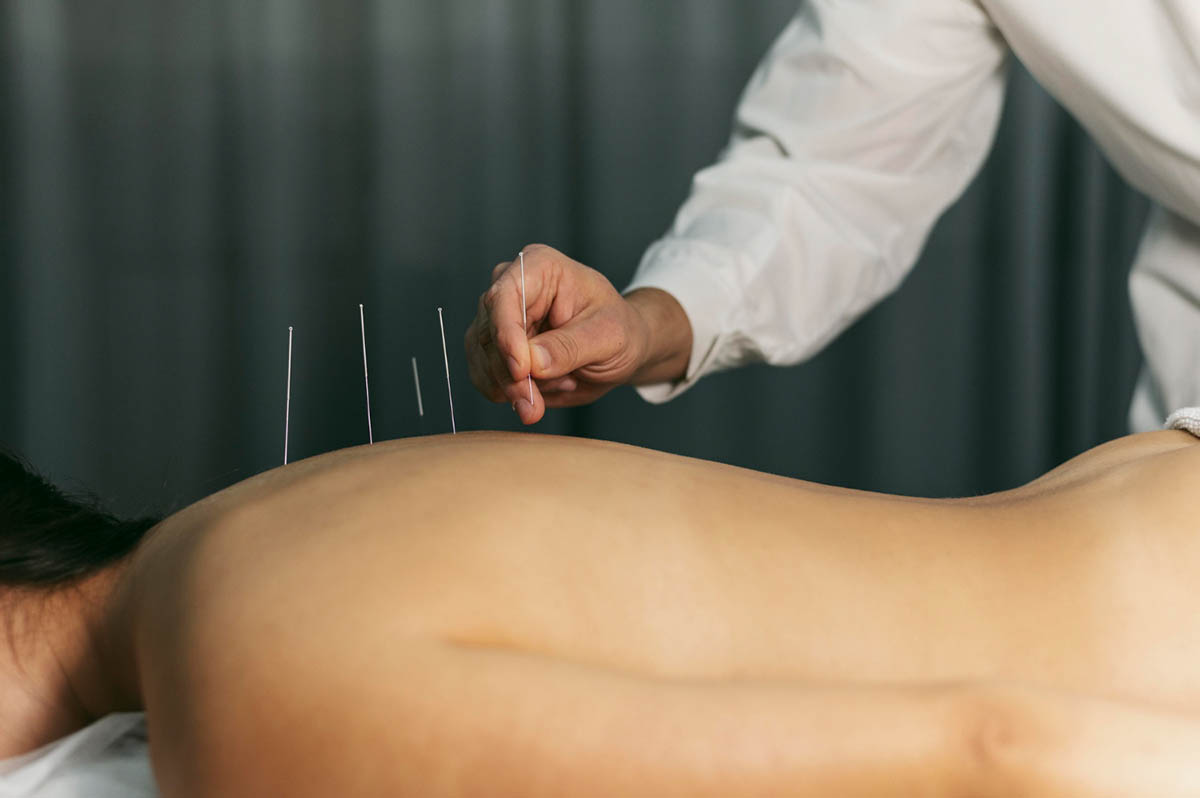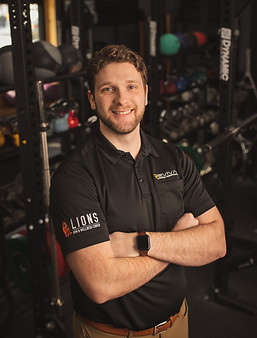Introduction
Dry needling and acupuncture are two therapeutic techniques involving the insertion of needles into the skin, often confused due to their similar appearance. However, the difference between dry needling and acupuncture lies in their underlying philosophies, techniques, and applications. This blog aims to explore these differences, examining the benefits, risks, and effectiveness of each method to help you make an informed decision about which therapy might be best suited for your needs.
What is Dry Needling?
Dry needling is a modern therapeutic technique used by physical therapists and other healthcare professionals to treat musculoskeletal pain and dysfunction. It involves inserting thin, solid filiform needles, also known as monofilament needles, into trigger points or areas of muscle tightness to alleviate pain and improve function.
Benefits of Dry Needling
- Relieves Muscle Pain and Tension: By targeting specific myofascial trigger points, dry needling helps release tight muscle bands, reducing muscular pain and tension.
- Improves Mobility: Alleviating muscle tightness enhances range of motion, allowing for better movement and physical activity.
- Restores Blood Flow: Some dry needling techniques promotes a healing response by stimulating blood flow to the affected areas, reducing inflammation, and aiding in recovery.
- Speeds Up Recovery: It can accelerate the recovery process from injuries, making it a popular choice among sports injury therapists.
- Reduces Acute and Chronic Symptoms: Effective for both sudden injuries and long-standing conditions, offering relief from pain.
- Decreases Muscle Tightness: Helps in reducing the chronic tightness that can lead to pain and restricted movement.
- Increases Blood Flow: Enhanced circulation aids in the healing process, improving overall muscle health.
- Reduces Pain: Effective in managing various types of painful conditions, from acute injuries to chronic ailments.
Risks and Side Effects of Dry Needling
- Temporary Soreness: Mild to moderate soreness at the needle insertion site is a common side effect.
- Bleeding and Bruising: Minor bleeding or bruising can occur due to needle penetration.
- Prolonged Pain: In some cases, pain may persist longer than expected after dry needling sessions.
- Severe Nausea or Vomiting: Although rare, some individuals may experience nausea or vomiting.
- Fainting: There is a slight risk of fainting, particularly in individuals with needle phobia.
- Infection: Proper sterilization techniques using sterile needles minimize this risk, but it remains a possibility.
- Serious Events: Extremely rare but serious complications like pneumothorax (collapsed lung) can occur if the needle is inserted incorrectly.
What is Acupuncture?

Acupuncture is an ancient Chinese medicine practice that involves inserting thin needles into specific points on the body to balance the body’s energy flow, or Qi (pronounced “chee”). It is based on the principles of Traditional Chinese Medicine (TCM) and is used to treat various physical and emotional conditions.
Benefits of Acupuncture
- Pain Management: Effective for managing various types of pain, including chronic conditions such as fibromyalgia pain, knee pain, and labor-related pain.
- Stress Relief: Helps reduce stress and promotes relaxation, contributing to overall emotional well-being.
- Physical and Emotional Well-Being: Enhances overall health by balancing the body’s vital energy, improving both physical and emotional well-being.
- Treatment for Various Conditions: Used to treat a wide range of medical conditions, including digestive disorders, respiratory issues, and gynecological problems.
- Can Be Combined with Other Treatments: Often used alongside conventional medical treatments as complementary treatments to enhance overall effectiveness.
Risks and Side Effects of Acupuncture
- Bleeding, Soreness, or Bruising: Minor bleeding or bruising at the needle sites can occur.
- Dizziness: Some individuals may feel lightheaded after acupuncture sessions.
- Fainting: There is a slight risk of fainting, particularly in individuals with needle phobia.
- Local Internal Bleeding: Rare but possible if a needle punctures a blood vessel.
- Convulsions: Extremely rare and typically associated with needle placement in specific points.
- Hepatitis B: Risk is minimized with proper sterilization but is still a concern if needles are reused.
- Dermatitis: Skin irritation or allergic reactions can occur.
- Nerve Damage: Incorrect needle placement can cause nerve damage, though this is very rare.
- Increased Pain: Occasionally, pain may worsen before it improves.
What is the Difference Between Dry Needling and Acupuncture?
Origins and Philosophy
One of the key dry needling vs acupuncture differences is their origins and underlying philosophies. Dry needling is a relatively modern technique that emerged from the principles of Western medicine, focusing on musculoskeletal and neuromuscular systems. It targets specific trigger points in muscles to alleviate pain and dysfunction.
Acupuncture, on the other hand, has roots in ancient Chinese medicine and is based on the concept of balancing the body’s Qi, or vital energy. Acupuncture involves inserting needles into specific points along energy pathways known as meridian lines to promote overall health and well-being.
Though there are a lot of dry needling and acupuncture difference especially in their philosophies and techniques, both methods can be beneficial depending on the condition that a patient wants to get treatment for.
Needle Insertion Techniques
In dry needling, solid needles, also known as filament needles or monofilament needles, are typically inserted into trigger points or areas of muscle tightness, often to a depth that reaches the muscle tissue. The technique can involve rapid or slower insertion and manipulation of the needle to elicit a twitch response, which helps release muscle tension.
In acupuncture, acupuncture needles are inserted into specific points along the meridians with the goal of balancing the body’s energy. The insertion depth and technique vary depending on the point being targeted and the condition being treated. Licensed acupuncturists undergo extensive training to ensure precise needle placement for therapeutic purposes.
Conditions Treated
Both dry needling and acupuncture are commonly used techniques for pain management and therapeutic purposes. While both involve the insertion of needles into the body, there are notable differences between the two approaches. We will explore the conditions that can be treated with dry needling and acupuncture, highlighting the unique benefits and applications of each method.
Dry Needling
- Back Pain: Targets trigger points in the back muscles to alleviate pain and improve mobility.
- Migraine: Reduces muscle tension and trigger points in the neck and shoulders that can contribute to migraines.
- Neck Pain: Releases tension in the neck muscles to decrease pain and improve range of motion.
- Shoulder Pain: Addresses muscle tightness and trigger points in the shoulder area to reduce pain and enhance function.
- Temporomandibular Joint (TMJ) Dysfunction: Relieves muscle tension in the jaw area, reducing pain and improving jaw function.
- Cervicogenic Headaches: Targets specific neck muscles that can cause headaches, providing pain relief.
- Rotator Cuff Strains: Alleviates pain and improves function by releasing tight muscles around the shoulder.
- Lumbar Degenerative Disk Disease: Reduces muscle tension in the lower back to relieve pain associated with degenerative changes in the spine.
- Arthritic Changes: Eases muscle tightness around arthritic joints, reducing pain and improving mobility.
- Herniated Discs: Alleviates muscle spasms and pain in the areas surrounding herniated discs, promoting better movement.
Acupuncture
- Pain: General pain management for various conditions, including chronic and acute pain.
- Cancer: Used to alleviate symptoms related to cancer treatment, such as nausea, pain, and fatigue.
- Allergies: Helps manage allergy symptoms by reducing inflammation and balancing the immune response.
- Headache & Migraine: Effective for treating headaches and migraines by targeting specific points to relieve pain and reduce frequency.
- Smoking Cessation: Assists in quitting smoking by reducing cravings and withdrawal symptoms.
- Anxiety & Depression: Helps manage mental health conditions by balancing the body’s energy and promoting relaxation.
- Gynecologic Disorders: Treats conditions like menstrual cramps, irregular periods, and infertility by regulating hormonal balance and improving blood flow.
- Insomnia: Promotes better sleep by calming the nervous system and reducing stress.
- Digestive Disorders: Treats issues like irritable bowel syndrome (IBS) by improving digestive function and reducing symptoms.
- Respiratory Disorders: Helps with conditions like asthma and bronchitis by reducing inflammation and improving lung function.
Overall Effectiveness
Both dry needling and acupuncture have their proponents and detractors, and the effectiveness of each can vary depending on the individual’s condition and response to treatment. Dry needling is often praised for its immediate impact on muscle pain, muscle activation, and mobility, while acupuncture is valued for its holistic approach to health and well-being. Acupuncture targets both physical and emotional aspects of health, making it a comprehensive type of treatment.
Dry Needling vs. Acupuncture: Which is Better?

The choice between dry needling vs. acupuncture depends on various factors, including the condition being treated, the individual’s health and preferences, and the practitioner’s expertise. Dry needling might be preferable for those with specific musculoskeletal issues, such as sports injuries or muscle strains, while acupuncture could be a better option for individuals seeking a holistic approach to health or those dealing with a broader range of conditions, including chronic pain and stress-related disorders.
At Revival Physical Therapy and Wellness, we pride ourselves on offering comprehensive physical therapy services tailored to meet your unique needs. Understanding the pros and cons of dry needling, our expert therapists are skilled in both dry needling and acupuncture techniques. We provide personalized treatment plans that harness the benefits of both methods, ensuring optimal pain relief and improved mobility. Experience the difference between dry needling and acupuncture with our dedicated team, committed to your overall health and well-being.
Conclusion
Both dry needling and acupuncture offer unique benefits and risks. Understanding the differences between dry needling vs acupuncture can help you make an informed decision about which therapy is best suited for your needs. Consulting with a healthcare provider can also provide valuable insights and help tailor a treatment plan that aligns with your health goals.
FAQs
Can you do dry needling and acupuncture at the same time?
Yes, it is possible to receive both treatments, but it should be done under the guidance of healthcare professionals experienced in both techniques to ensure safety and effectiveness.
Is dry needling more effective than acupuncture?
Effectiveness can vary based on the condition being treated and the individual’s response to the therapy. Some may find dry needling more effective for muscle pain, while others may benefit more from acupuncture’s holistic approach, particularly for conditions involving the flow of energy.
Which is better for sciatica, acupuncture, or dry needling?
Both therapies can be effective for sciatica, but the best choice depends on the underlying cause of the pain and the individual’s response to treatment. Consulting with a healthcare provider can help determine the most suitable option for relief from pain and improved function.


